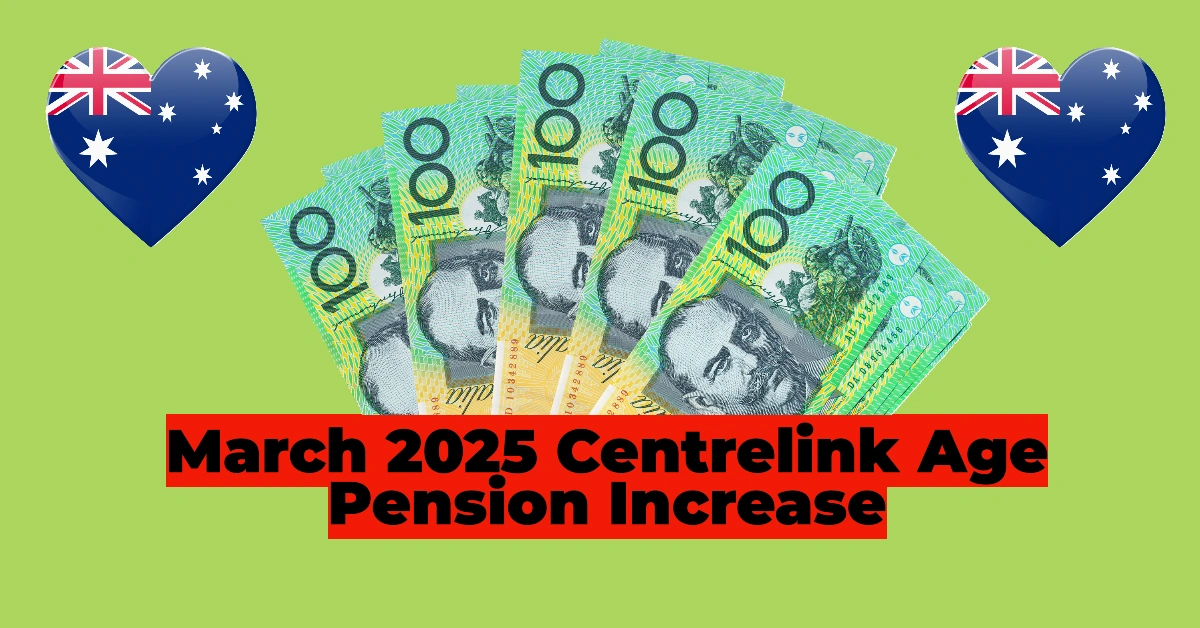The Canada Pension Plan (CPP) is an essential pillar of Canada’s retirement income system, providing financial support to millions of Canadians. As of 2024, a significant increase of $1,502 per month is set to impact many recipients of the CPP, providing much-needed financial relief and security for retirees. In this article, we will explore the details of this increase, eligibility criteria, and how this change can enhance the quality of life for seniors across Canada.
Table of Contents
Understanding the CPP Increase
The $1,502 monthly increase is part of a broader adjustment aimed at enhancing the benefits provided under the Canada Pension Plan. This adjustment reflects the government’s commitment to ensuring that seniors can maintain their standard of living in retirement and adequately cope with rising living costs.
This increase will apply to those already receiving CPP benefits, significantly impacting their financial stability. This adjustment is based on factors like inflation and the cost of living, ensuring that benefits keep pace with economic changes.
Who is Eligible for the Increased CPP?
To qualify for the $1,502 monthly increase, individuals must meet the following criteria:
- Age Requirement: Beneficiaries must be at least 65 years old to receive full CPP benefits. However, individuals can start receiving a reduced pension as early as 60 or delay their pension up to age 70 for increased payments.
- Contributions: Eligible recipients must have made sufficient contributions to the CPP throughout their working life. This includes contributions made through employment or self-employment.
- Disability Considerations: Individuals receiving CPP Disability benefits will also benefit from this increase, providing crucial financial support for those unable to work due to health reasons.


How Will the Increase Affect Your Monthly Payments?
The $1,502 monthly increase will vary based on individual contribution history and the age at which recipients start their CPP benefits. Here’s how it breaks down:
- Standard Benefits: The standard CPP retirement benefit is based on how much and how long individuals have contributed. The increase of $1,502 is intended to enhance the overall monthly payments, allowing for greater financial security.
- Impact on Financial Planning: For retirees, this increase can significantly enhance their retirement planning, allowing them to allocate more funds toward healthcare, housing, and other essential expenses. This additional income can be the difference between struggling and thriving in retirement.
Application Process for CPP Benefits
For those who have not yet applied for CPP or wish to adjust their existing benefits, the application process is straightforward:
Step 1: Gather Required Documentation
Applicants should have the following documents ready:
- Social Insurance Number (SIN)
- Personal identification (e.g., birth certificate or passport)
- Information about your employment history and contributions to the CPP
Step 2: Complete the Application
Applications can be completed online through the Government of Canada’s website, or by mail. Ensure all necessary forms are filled out correctly to avoid delays.
Step 3: Submit Your Application
Once the application is complete, submit it to Service Canada. Processing times may vary, so it’s advisable to apply well in advance of your desired start date.
Step 4: Monitor Your Application
Applicants can track the status of their application online or by contacting Service Canada directly.
Important Dates and Considerations
- Implementation Date: The increase of $1,502 is expected to take effect in January 2024. Ensure that you are prepared for any changes to your payment schedule.
- Annual Adjustments: The CPP benefits are subject to annual adjustments based on inflation and cost of living. Recipients should stay informed about potential changes in subsequent years.
- Tax Implications: Remember that CPP benefits are taxable income. Recipients should plan accordingly to manage their tax obligations in retirement.
Additional Resources and Support
For further information regarding the CPP and this increase, several resources are available:
- Government of Canada CPP Website: Official information regarding benefits, application processes, and eligibility criteria.
- Financial Advisors: Consulting with a financial advisor can help retirees effectively plan for their financial future, considering the increased CPP benefits.
- Community Support Organizations: Various organizations offer support and resources for seniors, including financial planning workshops and information sessions.
$1,200 for Low-Income Seniors: Fact Check, Eligibility, and Payment Dates
$2,385 with the New CPP One-Time Payment for Seniors – Eligibility and Payment Dates Revealed
$1,878.26 Your Monthly Income as a Single Senior Over 65 in Canada
$2,902.34 Monthly Income OAS Benefits for Senior Couples in Canada
$87 Extra Monthly Guaranteed Annual Income System for Low-Income Seniors in Ontario
The $1,502 monthly increase for CPP in 2024 represents a significant step toward enhancing financial security for Canadian seniors. By understanding the eligibility criteria, application process, and the broader implications of this increase, recipients can make informed decisions about their financial futures.
This boost in monthly payments not only alleviates financial stress but also empowers retirees to enjoy their golden years with greater peace of mind. With the support of the CPP, Canadians can look forward to a more secure and fulfilling retirement. Don’t miss the opportunity to secure your benefits and take charge of your financial future!









Leave a Reply